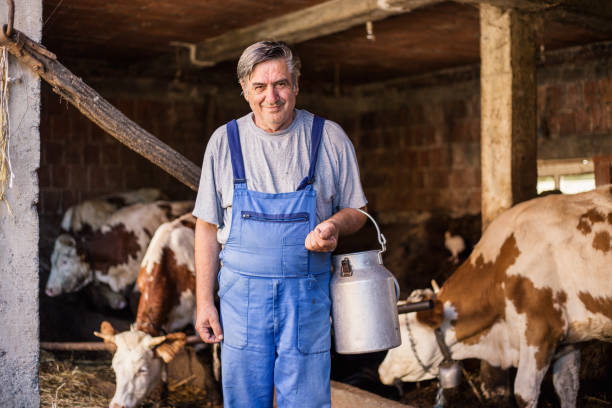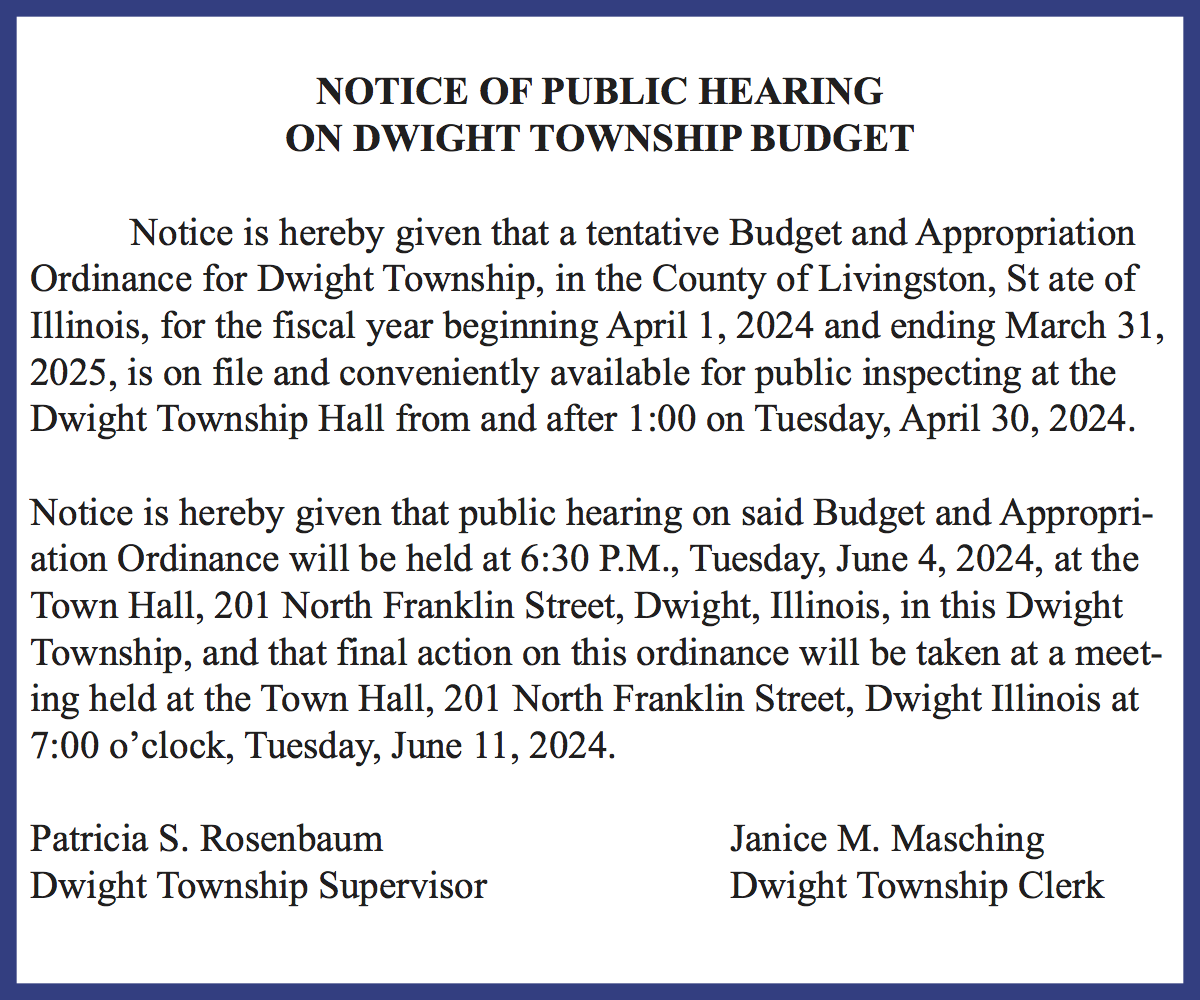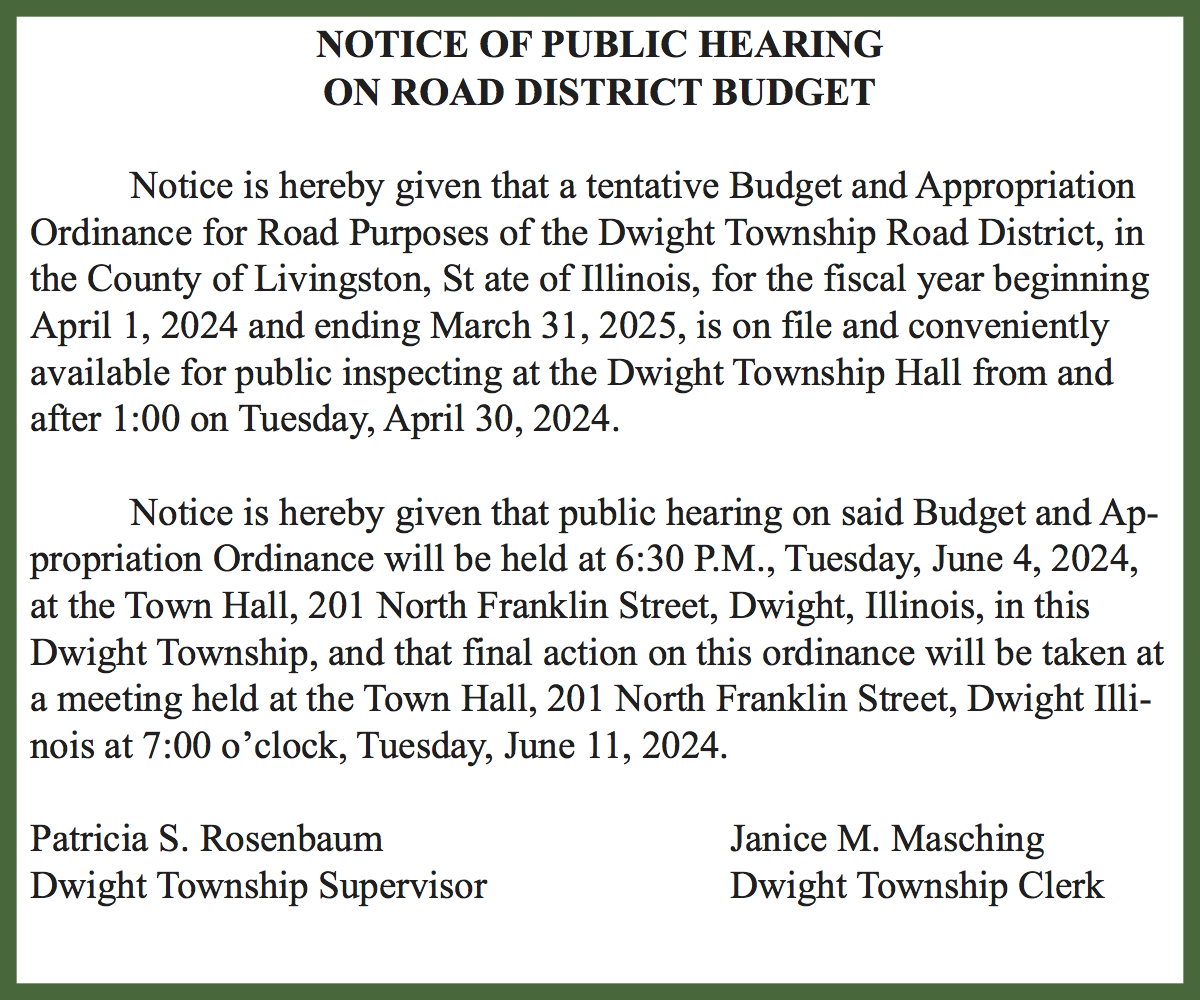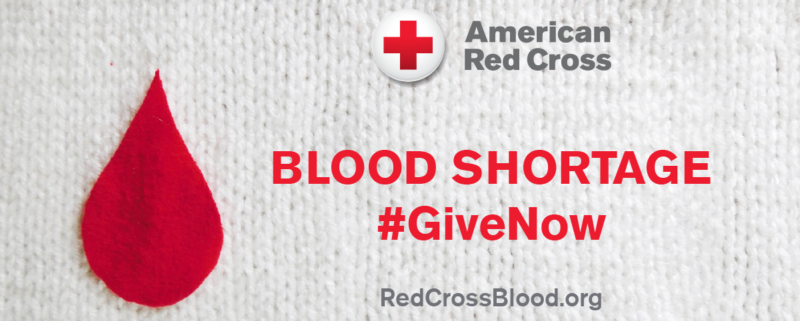Aging farmers have less incentive to invest in cattle expansion

By TAMMIE SLOUP
FarmWeek
The average age of a farmer and the future of the cattle industry go hand-in-hand.
As contraction of the U.S. cattle herd continues, farmers nearing retirement age are faced with deciding whether to expand again, invest more into infrastructure and whether someone is in line for succession who is willing to take on the responsibility.
Prices might be good now, but what happens if demand decreases?
“If I have infrastructure that’s aging, and I have to take on additional debt at these high interest rate levels, does it really make sense as a business decision to expand again?” asked American Farm Bureau Federation Economist Bernt Nelson. “There aren’t a ton of incentives right now to overcome these obstacles, …and there are a lot of individuals considering liquidating or getting out.”
The average age of a farmer is 57, which puts many farmers in a difficult position of deciding whether to take on more debt.
**Editor’s Note: If you find the story above of value, consider clicking one of the Google ads embedded in the story. It costs you nothing but Google will give the website owner a few cents. This is a way to help support local news at no cost to the reader.
The rebuilding timeline for the cattle inventory will largely depend on incentives to farmers and sustained consumer demand through the macro economy as a whole, Nelson said during the Agricultural Bankers Conference in Oklahoma City, adding that likely won’t be until the end of 2024 into 2025.
“We’re still putting a lot of heifers through our marketing supply chain,” he said. “And as that continues to occur at around the 40% level, we’re going to see contraction continue.”
The Ag Department pegged the inventory of cattle and calves on feed for the slaughter market as of Oct. 1 at 11.6 million head, up nearly 1% from last year. Placements in feedlots during September totaled 2.21 million head, 6% above a year ago, according to the bearish cattle on feed report released Oct. 20.
Cattle prices are up in 2023, but high market volatility and drought continue to push cattle farmers toward herd liquidation.
“If we have a situation that arises where we have to make an investment to expand again, does this make sense as a business decision?” Nelson asked. “Do we have somebody in the next generation that wants to come back to take over the farm?”
Nelson’s presentation focused on the U.S. protein outlook, noting demand and the state of the economy are two giant question marks that play a huge role in the beef, pork and poultry markets.
Production issues persist, and disease issues are floating around, including concerns of African Swine Fever and avian influenza, which made a resurgence in the last month. Nearly 1 million chickens have been culled at a Minnesota egg operation during the current bird flu outbreak.
“And this has all led to a lot of market volatility,” Nelson said.
If consumer spending begins to shift away from beef and toward less expensive substitutes such as chicken or pork, demand for beef will fall, putting downward pressure on cattle prices and making profitability challenging for farmers, Nelson wrote in a recent Market Intel.
Feed
Feed is one of the largest livestock expenses, and with corn prices under $5 for the first time in about three years, the margin for profitability has improved.
But drought conditions persist, and hay stocks have been beaten up with huge pockets of pastureland dried up.
The top five beef-producing states have experienced severe drought in 2022 and 2023, pushing many cattle farmers to liquidate cattle, which continues to hold the cattle industry in the contraction phase of the cattle cycle.
Pork/Hog Supply
ASF remains a worry, with many believing it’s inevitable the disease will reach the U.S.
“The projection is if that would hit U.S. soil, we would see a 50% drop in price of pork overnight,” Nelson said. “So that concern is still very real on some producers’ minds. And while I don’t think the likelihood of that is very strong, it’s still there. It’s popping back up in China.”
According to Iowa State University, estimated returns from farrow to finish demonstrate the difficulty of profitability in the pork industry throughout the year. The average loss per head for eight consecutive months was $18-$25.
**Editor’s Note: If you find the story above of value, consider clicking one of the Google ads embedded in the story. It costs you nothing but Google will give the website owner a few cents. This is a way to help support local news at no cost to the reader.
“That’s a big deal. That can eat into a lot of working capital quickly,” Nelson said.
“Looking at futures, we saw things come down quite a bit. There’s been a lot of volatility and a lot of confusion in hog futures,” Nelson said. “They haven’t really chosen a direction. And as we get closer to Jan. 1, I think we’ll start to see some of that come alive.”
The overall hog population is looking to decline in the next year. The hogs and pigs inventory sits a tad higher than last year, and up 2% from June at 74.3 million, according to the USDA’s latest quarterly hogs and pigs report. Most of that came from record pigs per litter.
“The nice thing about the hog market is they can expand a little bit faster than the cattle sector,” Nelson said. “But we’re still going to be looking at a lot of profitability issues going into next year.”
This story was distributed through a cooperative project between Illinois Farm Bureau and the Illinois Press Association. For more food and farming news, visit FarmWeekNow.com.
**Editor’s Note: If you find the story above of value, consider clicking one of the Google ads embedded in the story. It costs you nothing but Google will give the website owner a few cents. This is a way to help support local news at no cost to the reader.































